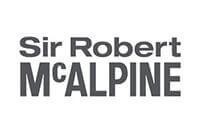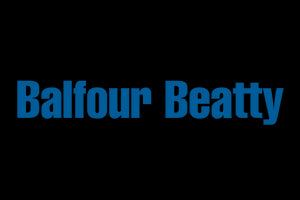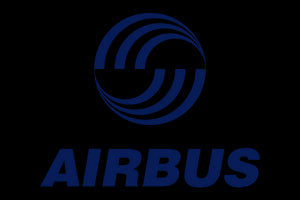Cutting and drilling in confined spaces produces dense, persistent airborne particulate that can quickly exceed safe levels. With limited dilution and restricted escape routes, you need a planned approach that prevents dust at source, controls what becomes airborne, and removes residues without re-agitating. For silica, remember the HSE WEL for respirable crystalline silica is 0.1 mg/m³.
Plan the task and space
Reduce dust generation first: question whether dry cutting is necessary, choose lower emission methods, and shorten cut lengths where possible. Identify intake and exhaust routes before you start. Obtain permits, isolate the space, and assign a standby person. Calculate extraction capacity based on tool output and space volume, and ensure safe power, lighting and cable management.
Capture at source
Fit tool-mounted shrouds and connect to an industrial vacuum with appropriate filtration. Use M-Class at minimum for wood and general dust, and H-Class with H13/H14 filters for stone, concrete and other fine or carcinogenic dusts. Keep hoses short and smooth-bore, and maintain airflow under load through regular filter checks and timely bag changes. Where compatible, use water suppression to prevent dust becoming airborne.
Control in the air
Deploy local exhaust ventilation or a negative air machine to pull air away from the breathing zone and exhaust outdoors or to a safe area. Position the intake close to the workface and the exhaust as far away as practicable to create a clean-to-dirty flow. Monitor particulates with a PM meter to verify trend reductions during the task; use readings to adjust airflow or enclosure sealing.
Housekeeping and waste
Avoid sweeping and compressed air. Use an industrial vacuum with high-efficiency filtration to remove settled dust from surfaces and clothing. Damp wipe touch points, double-bag waste, and seal before transfer. Clean the transit route and decontaminate tools before removal from the space.
RPE and supervision
Provide FFP3 or higher RPE where exposure may exceed limits, and ensure face-fit testing. Brief the team on emergency procedures and maintain communication with the standby person throughout.
Practical takeaways
- Minimise dust creation and plan air paths before work begins.
- Use tool shrouds with M/H-Class extraction; check airflow under load.
- Apply LEV or negative air to maintain directional flow away from workers.
- Verify controls with a particulate monitor and adjust as needed.
- Vacuum, do not sweep; damp wipe and double-bag waste.
- Use fit-tested FFP3 RPE and maintain supervision and permits.
Consistent application of these steps keeps exposure controlled, supports COSHH compliance, and reduces clean-up and downtime in challenging spaces.
Speak with a Dust Expert
Every site and project is different. If you’d like tailored guidance for your specific scenario, our Dust Experts are here to help.














